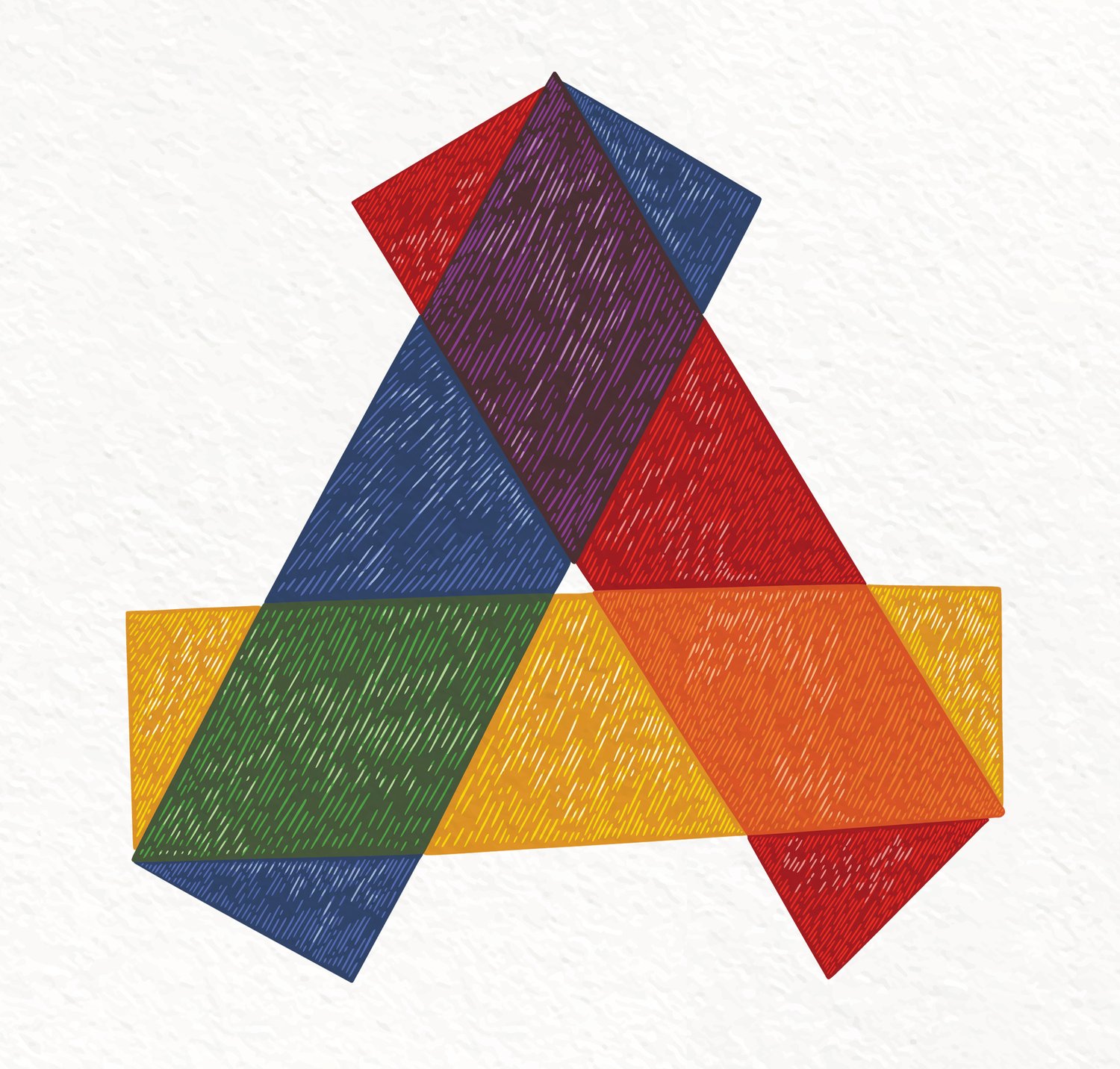A Spotlight on Paintbrushes
It is a well known saying that a bad workman blames his tools. While this might be true, paintbrushes are not something that artists (painters) should skimp on. As the tool for expression, it is important to buy the best you can afford. Once you have found your favourite it is a good idea to buy in bulk, in case your supplier is out of stock at the very moment you need replacements.
The brush has been a painting implement for thousands of years. By the 1400s (in the west), the brush became the primary way of applying paint to flat surfaces. Artists such as Cennino Cennini and Jacopo Bellini were at the forefront of technique development and it is no coincidence that they were preeminent figures of the early Italian Renaissance.
An image of the brush making work at the Reeves factory in Dalston, London. The photograph is taken from a Reeves & Sons materials catalogue from 1910.
Brushes in the modern form were developed around the 1700s. Ermine (stoat) and camel hair (never from a camel ironically but from squirrels) were popular, with sable (Siberian mink hair) being the superior option. By the 1850s brushes were offered in both quills and metal ferrules, metal being more hardwearing than animal material.
A page taken from the George Rowney catalogue of 1871
As is the case today, different sized brushes were employed for different uses, but instead of a number grading system, they were named after birds. Confusingly brushes labelled “swan” or “crow” did not come from said birds but were indicative of their size.
A page taken from the 1853 Winsor & Newton catalogue.
Fine animal hair bushes such as a sable were preferred for fine watercolour work, whereas corner hogs hair (from the ear of the animal) was more suited to oil painting. As well as the difference in coarseness, the tip of a sable brush is smooth and to a point, the hogs bristle ends in a folded split known as a flag. This allows the brush to hold a larger amount of paint.
Paintbrushes come in numerous shapes, but the most common are, flat which as the name suggest give a flat application of paint. Filbert (derived from the shape of the nut) which enables for more control over the paint, and round which is for details.
Some of the more unusual brushes on offer from Reeves in the early 1900s.
Today brushes come in all shapes and sizes. The highest quality like Winsor and Newton’s kolski sable brushes are still tied by hand and there are now many great synthetic options at more affordable prices. Whatever your preferred brush, and this is very subjective, it is important to clean and maintain your brushes after you have finished a painting session.
A Dalon brush leaflet dating from the 1990s.





